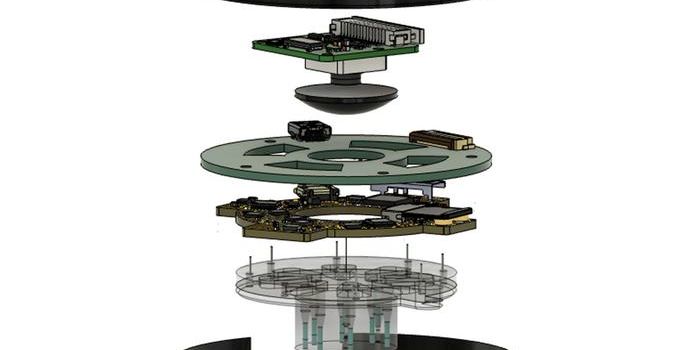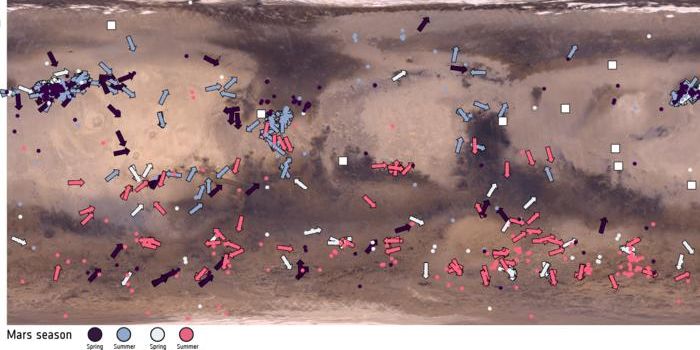Is it possible to recycle multilayer polymer materials?
New research from the University of Wisconsin-Madison aims to tackle part of the growing recycling crisis by engineering a method that breaks down multilayer polymers. Multilayer plastic materials are commonly used in food and medical supply packaging because the layering process produces heat resistance and moisture control properties. Yet the materials are a nightmare for recycling purposes and subsequently much of the 100 million tons of multilayer thermoplastics produced globally annually end up in landfills or incinerators.
The UW-Madison engineers have thus designed a method called Solvent-Targeted Recovery and Precipitation (STRAP) processing, which makes it possible to reclaim multilayer polymers by using specific solvents. Their design was published this week in the journal Science Advances
Led by UW-Madison professors George Huber and Reid Van Lehn, the research team designed STRAP with the thermodynamic principles of polymer solubility in mind. Using different solvent washes, they successfully showed that STRAP is capable of separating the polyethylene, ethylene vinyl alcohol, and polyethylene terephthalate polymers in a commercial plastic.
Now demonstrated, the STRAP processing method needs to go through rigorous testing to see if it is capable of being useful on a larger scale. "We've demonstrated this with one multilayer plastic," comments Huber. "We need to try other multilayer plastics and we need to scale this technology."

The goal is to reuse the polymers recovered from the STRAP process to improve recycling systems worldwide. "This allows us to tackle these much more complex systems, which is necessary if you're actually going to make a dent in the recycling world," says Van Lehn. Additionally, the researchers say they intend to analyze the environmental impact of the solvents that STRAP processing uses in order to greenify the efficacy, cost, and environmental impact of different solvents.
The team intends to continue their investigations on the potential of STRAP processing on chemical pathways for recovering and recycling polymers.
Sources: Science Advances, Science Daily








